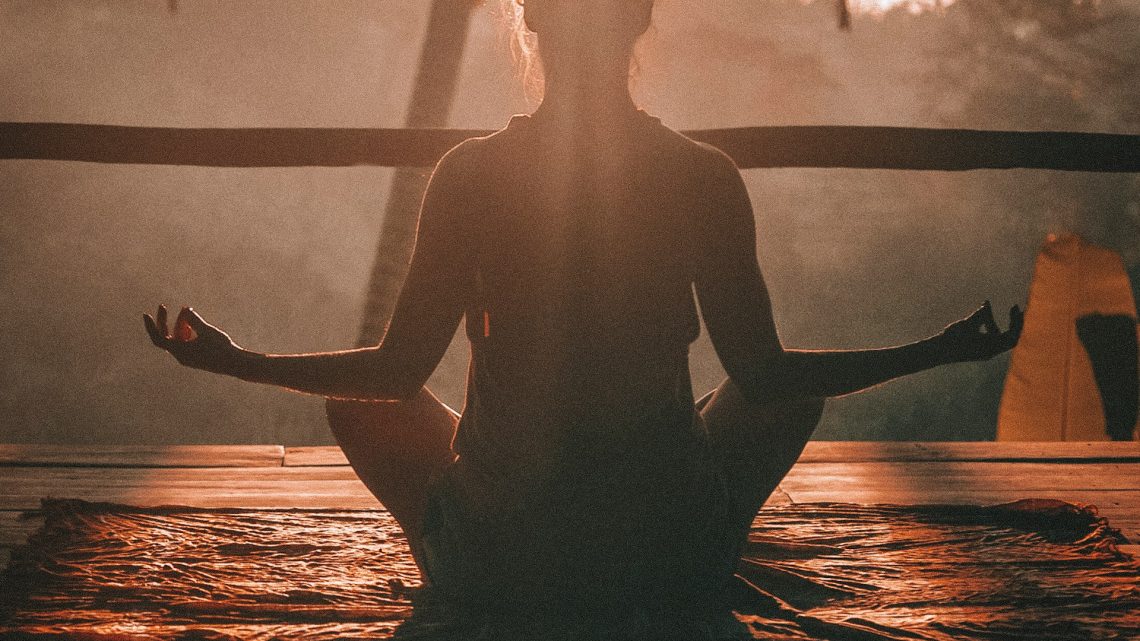
Techniques To Practice Mindfulness Anywhere
October 31, 2024In our fast-paced, constantly-connected world, finding moments of peace and calm can feel nearly impossible. However, the beauty of mindfulness is that it can be practised anytime, anywhere, helping you stay grounded and fully present in your day-to-day life. Mindfulness involves focusing on the present moment and acknowledging your thoughts, feelings, and surroundings without judgment. This practice can be incredibly beneficial for reducing stress, increasing focus, and enhancing emotional well-being.
Whether at work, home or even in transit, there are simple ways to integrate mindfulness into your routine. Here, we’ll explore various techniques for practising mindfulness on the go, enabling you to find moments of tranquillity no matter where you are.
1. Mindful Breathing: The Power of the Breath
One of the most effective techniques for practising mindfulness is mindful breathing. This can be done in as little as a few seconds, making it accessible virtually anywhere—from a busy office to a crowded subway.
- How to Practice Mindful Breathing: Begin by taking a slow, deep breath through your nose, feeling the air fill your lungs and expand your abdomen. Hold your breath for a moment, and then exhale slowly through your mouth. As you breathe, focus on the sensation of the air moving in and out of your body. Try counting each inhale and exhale to deepen your concentration.
Mindful breathing can help regulate your nervous system, calm anxiety, and refocus your mind. For a quick reset, try a 4-7-8 breathing pattern: inhale for four counts, hold for seven, and exhale for eight. This pattern slows your heart rate and encourages relaxation, even in stressful situations.
2. Grounding Techniques: Anchoring Yourself to the Present
Grounding exercises are mindfulness practices that help connect you to your immediate environment, creating a feeling of stability and calm. These exercises are particularly useful in times of stress, worry, or overwhelming emotions.
- The 5-4-3-2-1 Technique: Identify five things you can see, four things you can feel, three things you can hear, two things you can smell, and one thing you can taste. This sensory exercise diverts your attention from anxious thoughts and brings your awareness back to your surroundings.
- Grounding Objects: Carrying a small object, like a smooth stone or a piece of fabric, in your pocket can also help. When you feel stressed or disconnected, hold the object in your hand, focusing on its texture, weight, and temperature. This small ritual can quickly ground you and reconnect you with the present moment.
3. Body Scanning: Noticing Sensations from Head to Toe
Body scanning is a mindfulness technique that involves bringing awareness to different parts of your body, noticing any sensations, tension, or relaxation.
- Quick Body Scan: You don’t need a quiet room or a long period to perform a body scan. Start with your feet, noticing any pressure or tingling, and gradually move up your body—legs, torso, arms, neck, and head. Observe any sensations or tension, but avoid trying to change anything. Simply acknowledge how you feel and move on to the next part of your body.
A brief body scan can release tension you may not have noticed, and it encourages you to tune into your body, promoting relaxation and a sense of well-being.
4. Mindful Walking: Finding Presence on the Go
Walking, a seemingly mundane activity can become a powerful mindfulness exercise when approached with intention. Mindful walking involves paying close attention to the experience of walking itself.
- Practice: Walk at a slightly slower pace than usual and focus on the sensations of your feet touching the ground, the movement of your legs, and the rhythm of your steps. Pay attention to your breathing, and try to sync it with your steps if possible. If your mind wanders, gently guide it back to the act of walking.
Mindful walking can be practised in a hallway, outside on a break, or while commuting. It’s a simple way to bring awareness to your movements and surroundings, fostering a sense of peace and clarity.

